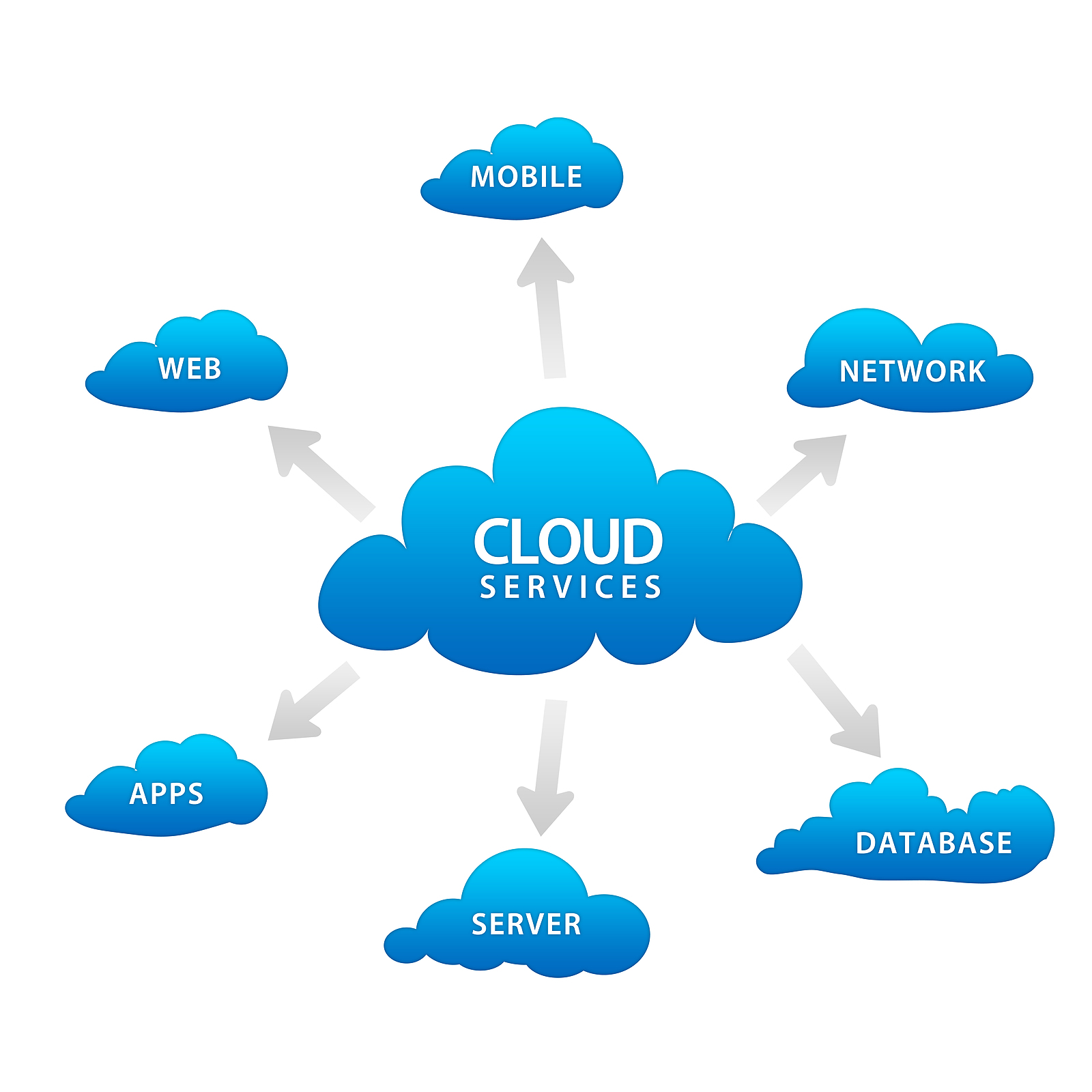Enhance Your Service with Cloud Services: An Overview to Modern Solutions
Enhance Your Service with Cloud Services: An Overview to Modern Solutions
Blog Article
Achieve Seamless Scalability With Cloud Provider
In the ever-evolving landscape of cloud solutions, achieving smooth scalability stands as a cornerstone for contemporary organizations seeking to stay adaptable and affordable. The pursuit for seamless scalability with cloud services introduces a globe of possibilities for those ready to embrace the transformative power of dynamic source management.
Benefits of Cloud Scalability
Cloud scalability offers organizations the adaptability to dynamically adjust sources based on need, making sure optimal performance and expense effectiveness. One key benefit is the capacity to range resources up or down quickly in reaction to fluctuating workloads. This agility makes it possible for businesses to fulfill changing client needs without over-provisioning sources, eventually leading to cost financial savings. Scalability additionally boosts efficiency by making sure that systems can take care of increased traffic or work without experiencing downtime or stagnations. By efficiently assigning resources, organizations can preserve high degrees of performance during peak times without unneeded expenses during quieter periods. Furthermore, cloud scalability promotes technology and experimentation by allowing organizations to conveniently test new concepts and range them as required. This flexibility motivates a culture of continuous enhancement and adjustment, allowing organizations to stay affordable in a swiftly evolving market landscape. Inevitably, the advantages of cloud scalability prolong beyond price financial savings to include enhanced efficiency, agility, and advancement.
Secret Attributes for Scaling
Efficient scaling in cloud solutions relies upon key attributes that enable companies to adjust resources dynamically based on demand. One vital attribute for scaling is elasticity, enabling sources to scale up or down in reaction to rising and fall workloads. This makes sure that organizations can satisfy performance demands without over-provisioning sources. Another vital function is scalability, allowing systems to deal with increased workload by including resources flawlessly. This function is important for accommodating development without endangering performance. Additionally, automation plays a crucial function in scaling by automating the provisioning and de-provisioning of sources based upon predefined policies. Automation reduces human treatment, enhances effectiveness, and ensures quick action to altering needs. Tracking and analytics devices are also vital for scaling, giving understandings into resource utilization, performance metrics, and potential bottlenecks. These tools allow companies to maximize and make enlightened choices resource allocation for efficient scaling. On the whole, these vital attributes jointly encourage companies to accomplish smooth scalability in cloud solutions.
Executing Auto-Scaling Techniques
To efficiently optimize source allowance and adapt to varying work, organizations must purposefully carry out auto-scaling methods in their cloud services framework. Auto-scaling enables systems to automatically readjust the number of compute sources based on real-time demand. There are various auto-scaling techniques that companies can use, such as anticipating scaling, which utilizes historical data to anticipate future source requirements, and reactive scaling, which replies to existing workload adjustments.

Best Practices for Scalability
For companies intending to enhance their scalability in cloud solutions, executing best techniques is crucial for optimal efficiency and source monitoring. One trick finest technique is creating applications with a microservices design. This approach breaks down applications into smaller, independent services that can be deployed, updated, and scaled separately, permitting for greater versatility and scalability.
An additional essential method is using containerization technology, such as Docker or Kubernetes. Containers make it possible for the packaging of applications and their dependencies right into isolated devices, making it much easier to scale components separately and release them constantly throughout different settings.
Additionally, carrying out my link automated deployment and facilities as code (IaC) can streamline scalability efforts (linkdaddy cloud services). right here Automation devices like Terraform or Ansible assistance in provisioning and managing resources successfully, decreasing hand-operated errors and allowing quick scalability
Moreover, keeping an eye on performance metrics, setting up informs, and conducting routine capacity planning are necessary practices to guarantee positive scalability management. By adhering to these ideal methods, companies can achieve seamless scalability in their cloud services while enhancing efficiency and source utilization.
Monitoring Performance Metrics
When evaluating the efficiency of cloud solutions scalability, carefully checking efficiency metrics is critical for ensuring optimal functionality and resource allotment. By continuously tracking essential performance indicators (KPIs) such as feedback times, resource, latency, and throughput use, organizations can obtain beneficial understandings right into the health and wellness and effectiveness of their cloud infrastructure. Checking efficiency metrics permits the early detection of potential traffic jams or problems that could impact scalability, making it possible for aggressive procedures to be required to address them before they rise.

Verdict
Finally, accomplishing seamless scalability with cloud solutions is necessary for companies to enhance performance, boost technology, and preserve high efficiency levels throughout peak times. By leveraging the benefits of cloud scalability, executing auto-scaling methods, using essential features such as elasticity and automation, and complying with finest practices like application layout and performance monitoring, businesses can efficiently scale their systems while optimizing resource application and performance.
The quest for seamless scalability with cloud solutions reveals a globe of possibilities for those prepared to embrace the transformative power of vibrant resource administration.
Cloud scalability offers organizations the adaptability to dynamically change sources based on demand, ensuring optimal performance and expense efficiency. One more key feature is scalability, enabling systems to manage increased workload by including resources perfectly.For organizations intending to enhance their scalability in cloud solutions, executing best practices is critical for optimal efficiency and source management.When evaluating this page the effectiveness of cloud services scalability, carefully keeping track of efficiency metrics is vital for making sure optimal functionality and source allocation.
Report this page